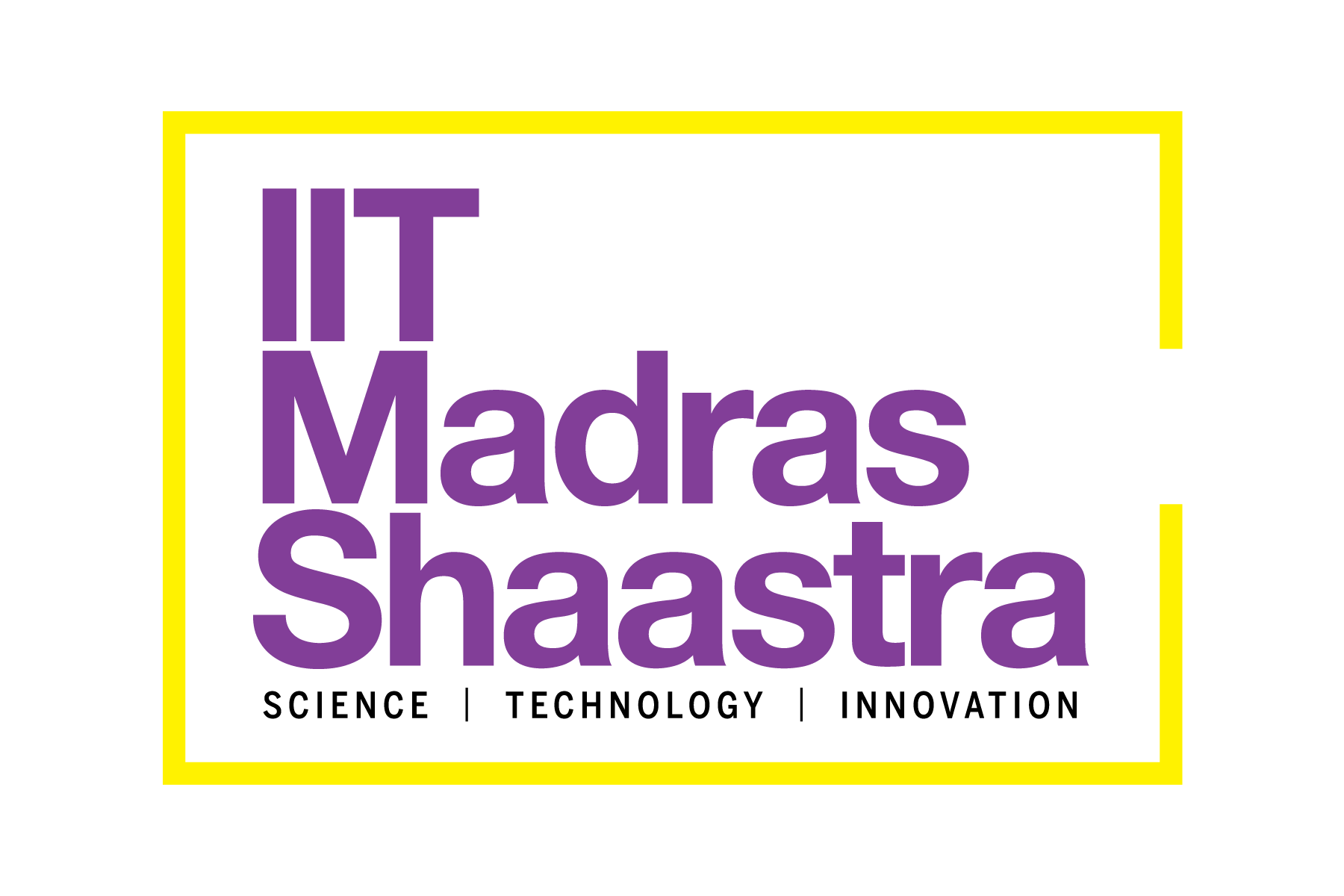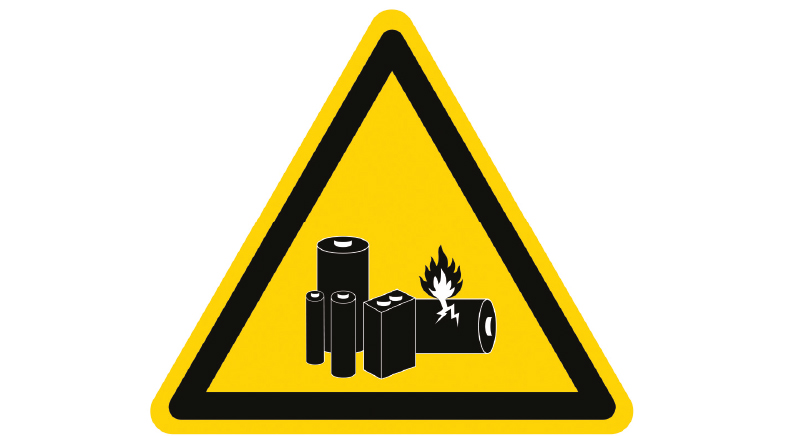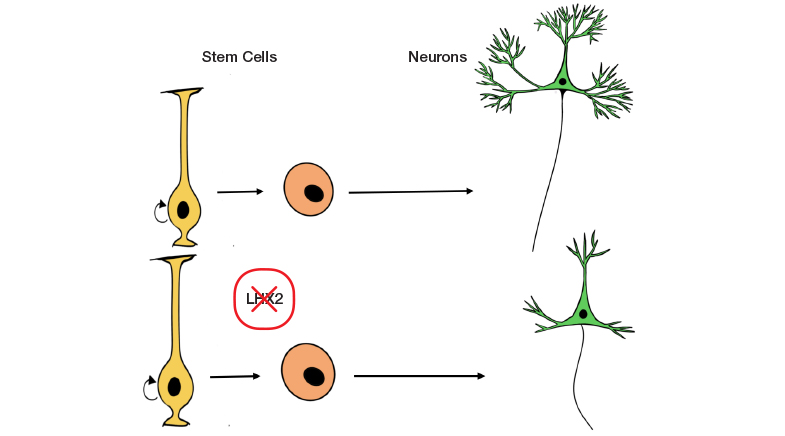Quantum is the key
-
- from Shaastra :: vol 04 issue 09 :: Oct 2025

Quantum technologies promise to secure India's digital backbone.
Attending a lecture by Alain Aspect at L'Institut d'Optique in Paris in 2013 was a turning point for Bhaskar Kanseri, then a postdoctoral fellow at the institute. Aspect, who won the Nobel Prize in Physics in 2022 for his groundbreaking work in quantum physics, was a physicist there at the time. He persuaded Kanseri and others that optics would be a critical element of future quantum technologies. Kanseri returned to India and, in 2015, joined the Indian Institute of Technology (IIT) Delhi, where he established his own research group dedicated to advancing quantum technologies through optics.
Kanseri made another pivot a year after setting up his laboratory at IIT when China established long-distance quantum communication. This emerging area utilises principles of quantum mechanics to provide secure communications; however, most of the technologies are still in the early stages of development. China's success led Kanseri to start a programme on fibre-based quantum communication. He moved to more challenging areas, such as communication using entangled photons, which are light particles that are linked so closely that they act as a single system, with changes in one instantly showing up in another. Physicists in the field viewed this as a significant technology for cryptography.
For nearly three years, squeezed by IIT Delhi's severe space crunch, Kanseri pursued only theoretical work. By 2019, his team started experimental work, initially focusing on classical optics. Soon after, the Defence Research and Development Organisation (DRDO) approached the group to demonstrate quantum communication. Starting with lab-scale, fibre-based communication, the team demonstrated their first experiment by 2020, during the COVID-19 disruptions.

Two years later came a milestone: an intercity quantum communication link. Together with DRDO, the IIT Delhi group demonstrated long-distance quantum communication between Prayagraj (formerly Allahabad) and Vindhyachal, about 100 kilometres away. They subsequently refined their techniques, enabling the link to stretch up to 380 kilometres. A core technology behind this secure communication is Quantum Key Distribution (QKD) — a method of securely sharing encryption keys using the principles of quantum physics, especially quantum entanglement. It makes eavesdropping detectable and ensures that communication remains secure even against quantum computers. Kanseri and his group had enabled QKD with entangled photons in their devices. "The entanglement-based QKD is essential for future cybersecurity, ensuring secure key distribution even in a world with powerful quantum computers," says Kanseri.
The team's ambitions soon grew beyond fibre optics. With DRDO support, they pioneered 'free-space' quantum communication, which involves beaming entangled photons directly through the air instead of through cables. This was a major challenge in Delhi's polluted environment. The IIT Delhi team pushed further, incrementally moving from 20-metre lab tests in 2020 to 90-metre rooftop trials. Often disrupted by fog and pollution, and battling air turbulence during night-long trials over longer distances, they established a 1-kilometre campus link on May 22, 2024.
Kanseri also co-founded Qbitonix Technologies to build photon sources, QKD systems, quantum random number generators, and even educational kits. Physicists believe that quantum technologies will secure India's digital backbone, from Aadhaar to DigiLocker, within the next five years.
SECURITY IN RANDOM NUMBERS
At the 2024 World Economic Forum's Annual Meeting in Geneva on cybersecurity, 40% of organisations reported taking steps to assess quantum risks. The forum concluded that the future of cybersecurity rested on two key technologies. One was QKD. The other was Quantum Random Number Generators.
A random number is a number that cannot be predicted from its predecessors in a sequence of numbers. Every number that exists has an equal probability of being chosen as the next number in the sequence. Random numbers are used in processes like securing online banking and generating one-time passwords, running fair lotteries, powering video games, and driving scientific simulations. They are also vital in cryptography, where true unpredictability ensures secure communication. Classical machines, such as current computers, are actually deterministic, thereby producing similar results to similar queries. On the other hand, quantum computers can use the inherent unpredictability of nature to generate true random numbers. This is what many researchers around the world are attempting to build.
At IIT Madras, Bijoy Krishna Das, Professor of Electrical Engineering, is using silicon chips to generate quantum random numbers. His approach involves using a phenomenon called quantum vacuum fluctuations, a random and temporary change in the energy present at a point in space. His group amplifies vacuum field fluctuations using a steady beam of laser light by isolating it from classical noise. This allows the device to filter out all unwanted signals directly on the chip, thereby producing purely random signals and eliminating any chance of predictability. Each channel of the device can produce random numbers at a rate of four gigabits per second, and the design can be scaled up to include many independent channels. Such technology is particularly useful for secure communications, such as QKD. Any fluctuation in the signal produces a voltage, which is then converted into a 16-bit number. "Even with a quantum computer, you can't fake these numbers," Das says.
Paul of ISI imagines a quantum WhatsApp, a chat system where people can talk securely without hackers breaking in.
Das sees wide applications across industrial sectors. Banks could use them to generate one-time passwords, defence agencies could pair them with QKD systems, and telecom operators could embed them directly into next-generation 5G and 6G chips. His lab is already developing a 5×5 mm chip that combines random number generators with multi-protocol QKD — small, affordable, and scalable. "The beauty of QKD," Das adds, "is that any attempt to eavesdrop creates detectable errors, and the system simply discards compromised keys." During the development phase, Das's group collaborated with izmomicro for chip packaging. Recently, Indrarka Quantum Technologies, an Indian start-up, was licensed to commercialise the technology.
NO EAVESDROPPING
It is one thing to produce a random number, and quite another to know that they are truly random. Only by knowing intimately what they have created can scientists determine that devices are indeed secure. Cryptologist Goutam Paul at the Indian Statistical Institute (ISI), Kolkata, has developed a method to determine the 'quantumness', randomness, speed, and cost of a quantum random number generator.
In a separate study, his group at the ISI addressed the fundamental vulnerability of traditional secret-key sharing, a process easily defeated by quantum computers. Digital communication begins by sharing a secret key. Their study showed that secret messages can be sent directly using quantum technology, eliminating the need for a key. To counter hackers who exploit flaws in measuring devices, they proposed a safer system where a third party handles all measurements, incorporating an essential identity check to verify both the sender and receiver.

The team extended this idea to two-way communication, enabling both parties to send messages safely after authentication. Paul imagines a quantum WhatsApp, a chat system where people can talk securely without hackers breaking in. They believe this brings the world closer to a practical, secure quantum messaging system. They've also expanded the idea into a 'quantum Zoom', where multiple people can communicate safely at the same time.
In a series of papers published over the last few years, Urbasi Sinha from the Raman Research Institute in Bengaluru and her collaborators from the Indian Institute of Science, Bengaluru, and the University of Calgary, Canada, presented the results of work that provides a test for randomness through a method which proves if a system is actually quantum (bit.ly/Random-Numbers). For this, they used a mathematical expression known as the Leggett-Garg inequality, a method to test whether a system evolves in a classical or quantum manner — that is, check whether it has states (of existence) that are not affected by measurements. If this inequality is violated through experiment — if the system is shown to have states that are affected by measurements — it is not classical and is therefore quantum.
With advances in technology, cyber-attacks are becoming increasingly rampant and complex, a trend that is likely to continue growing. Embracing the quantum ecosystem is perhaps the only way a country can ward off future threats.
With inputs from Shubashree Desikan
Also read
For a 'cybershield'
You've been blocked!
Say hello to secure quantum communication
Generating random number sequences without bias
Have a
story idea?
Tell us.
Do you have a recent research paper or an idea for a science/technology-themed article that you'd like to tell us about?
GET IN TOUCH














